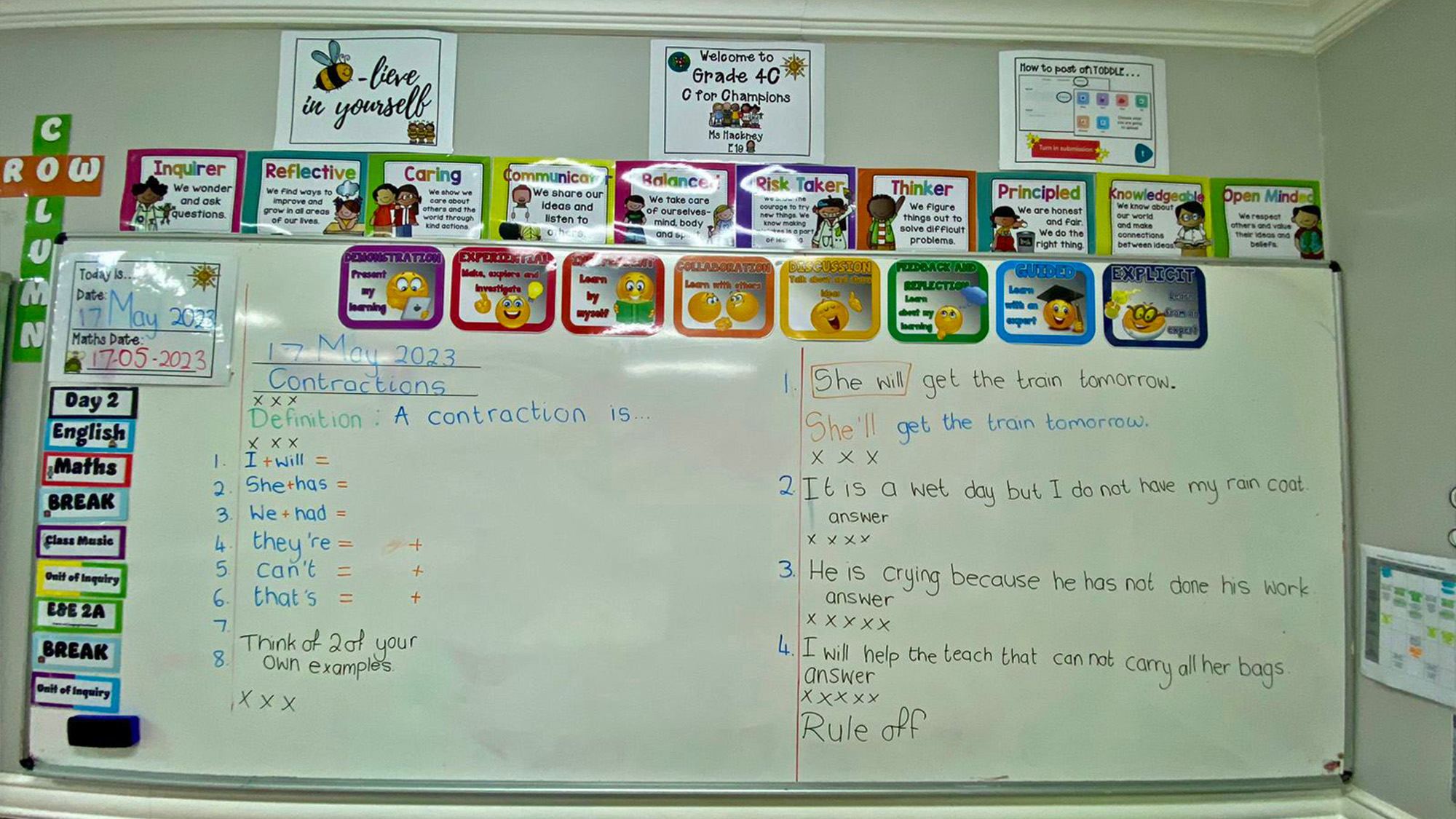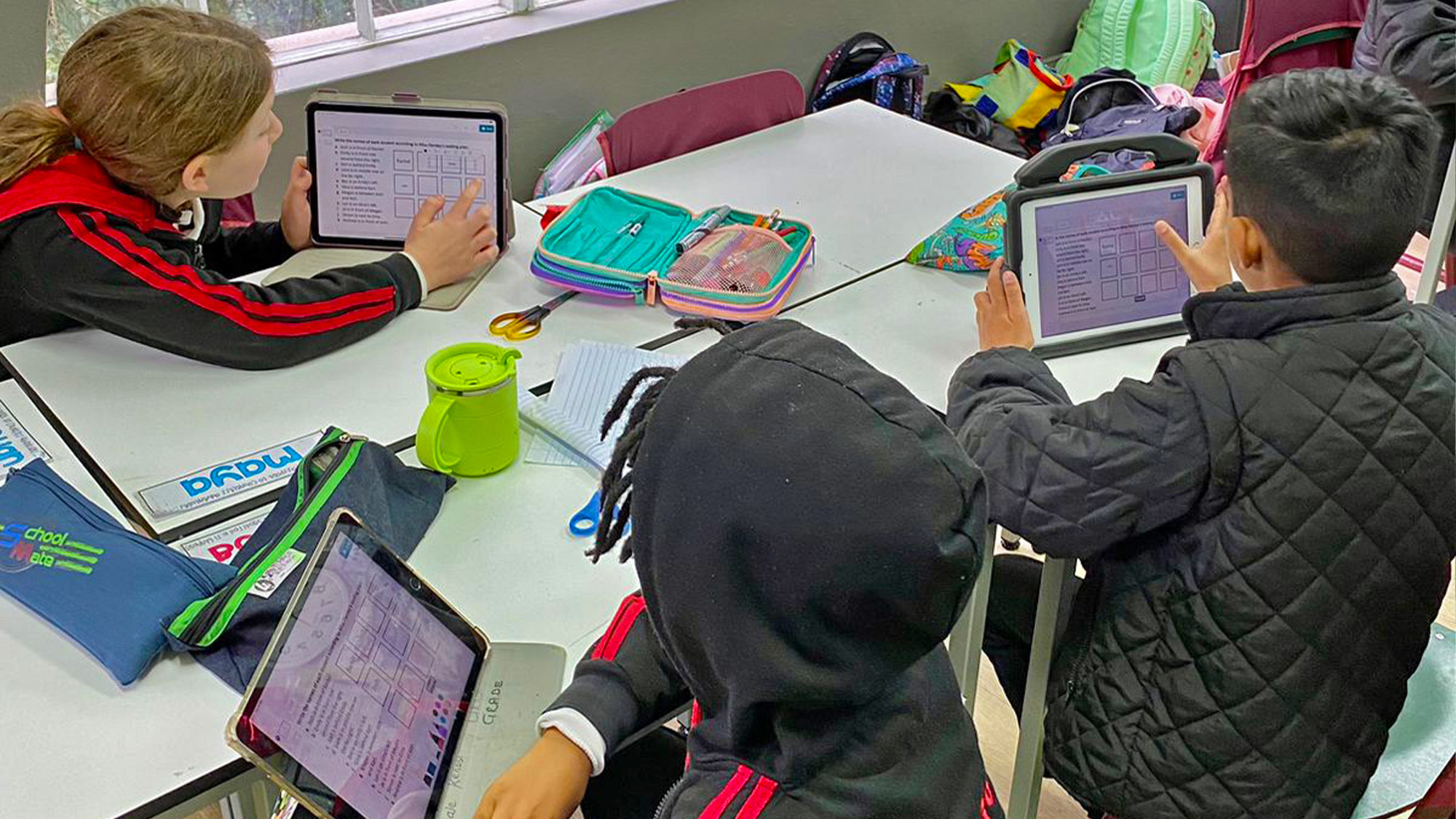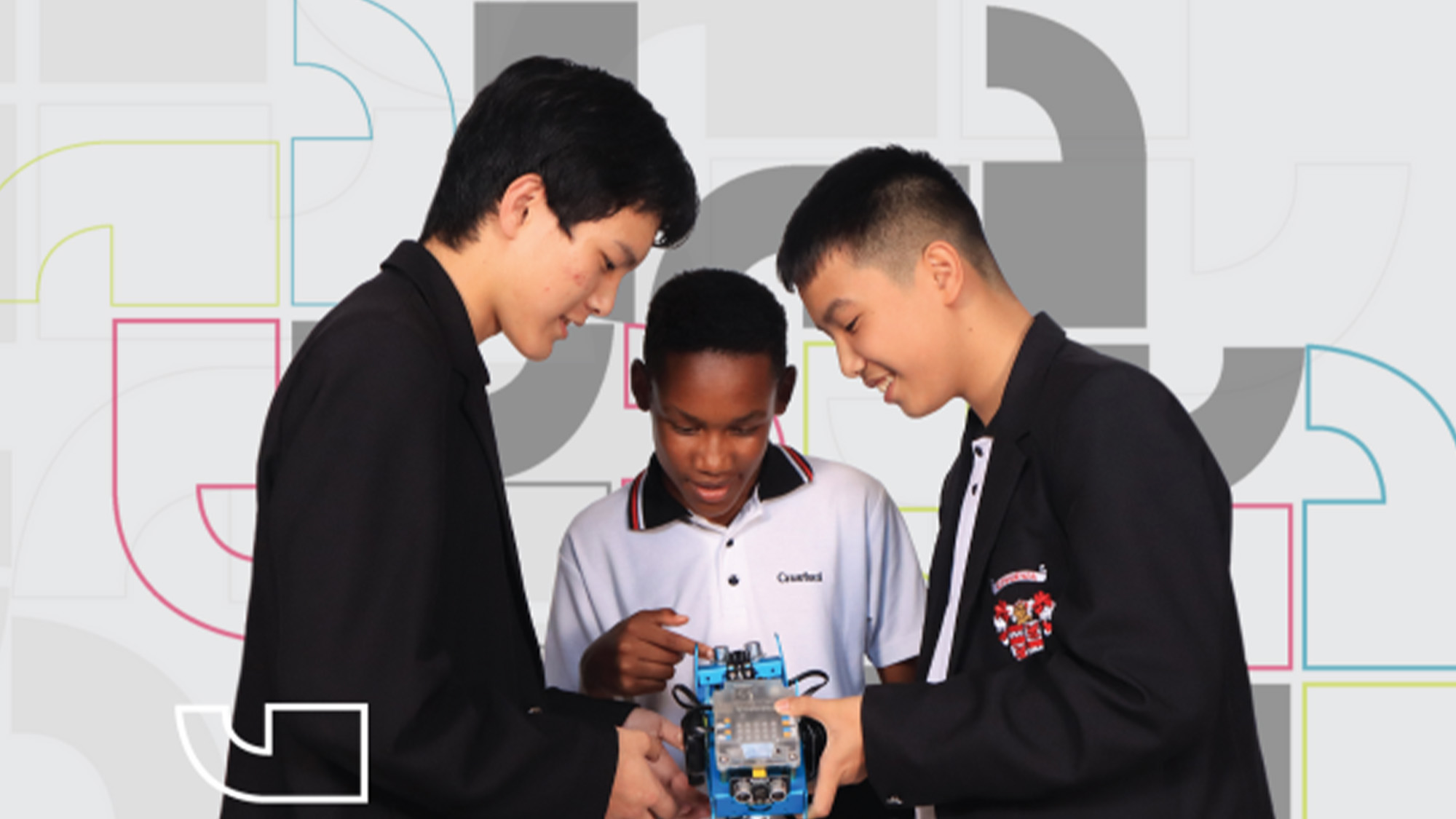Crawford International Sandton Preparatory School, known for its innovative teaching methods, recently embarked on a fascinating journey with their Grade 4 students under the Transdisciplinary Theme titled ‘How We Organise Ourselves.’
- This theme explores the impact of digital media on our lives and how we access information and connect with each other.
- What sets this educational experiment apart is its unique approach to teaching the subject by immersing students in the two extremes of communication methods.
- In the age of rapidly advancing technology, the role of digital media in education has become increasingly prominent.
- Visit www.sandtontimes.co.za for more stories.
To pique the students’ interest, the school initiated the unit by granting them a full day of technology access, allowing them to complete their work using devices and the smart board. The following day, a dramatic twist awaited them: all digital devices were confiscated, leaving the students to rely solely on handwritten notes and messages delivered through the intercom system.
The overarching aim of this unit is to delve into the profound changes brought about by digital media in the way we access information and communicate with one another. To accomplish this, the students were exposed to learning engagements from a variety of subjects, including Digital Literacy ICT, Languages, Personal, Social, and Physical Education (PSPE), and Social Studies.
A central focus of this educational journey is for students to comprehend the varying levels of access to digital media and how it has evolved over time. Additionally, they explored and researched how digital media connects people both locally and globally. These activities not only broaden their horizons but also emphasize that the choices individuals make based on their understanding of digital media can significantly influence their actions.
Through this immersive experience, they gain valuable insights into the advantages and disadvantages of both methods. It encourages them to reflect on their own preferences, habits, and the role digital media plays in their daily lives.

One key aspect of this unit is the recognition that digital media has dramatically altered how we access information. In the age of the internet, information is readily available at our fingertips, and this accessibility has transformed the way we learn. However, this ease of access also comes with its challenges, such as discerning reliable sources from misinformation. The students, through their explorations, are guided to navigate this digital landscape responsibly and critically.
Moreover, the unit underscores the importance of understanding the historical context of digital media. It’s not just about the present but also about how we got here. Students are encouraged to delve into the evolution of technology, from handwritten letters to the internet age, grasping the significance of these advancements in shaping our society.
The experiment with the two extremes—digital media and handwritten communication—serves as a catalyst for critical thinking. By experiencing the stark differences between these two modes of communication, students are prompted to ask questions. How has the advent of digital media affected our interpersonal relationships? What are the implications of relying solely on technology for communication? What values do traditional methods of communication hold in a digital world?
Through these questions, the students embark on a journey of self-discovery and gain a deeper appreciation for the multifaceted role digital media plays in their lives. They begin to understand that digital media isn’t just a tool for convenience; it’s a force that shapes societies, influences behaviours, and carries ethical implications.

They learn to discern credible sources, practice effective online communication, and understand the potential consequences of their digital actions.
As this innovative educational experiment unfolds, the Grade 4 students at Crawford International Sandton Preparatory School are not just learning about digital media; they are living it. They are experiencing first-hand the profound impact of technology on our lives, and they are gaining insights that extend beyond the classroom.
‘How We Organise Ourselves’ is not just a lesson plan; it’s a transformative journey. By exploring the two extremes of digital media and handwritten communication, students are gaining a holistic understanding of the digital world and its implications. They are learning to navigate the digital landscape with wisdom, responsibility, and critical thinking—a skill set that will serve them well in the digital age.
Stand a chance to WIN with The Sandton Times.
Advertise on The Sandton Times today!
Head back to The Sandton Times Home Page for more stories.

![sandtontimes-crawford-international-sandton-digital-education-003-[2000×1125] Crawford International Sandton](https://sandtontimes.co.za/wp-content/uploads/2023/10/sandtontimes-crawford-international-sandton-digital-education-003-2000x1125-1.jpg)










